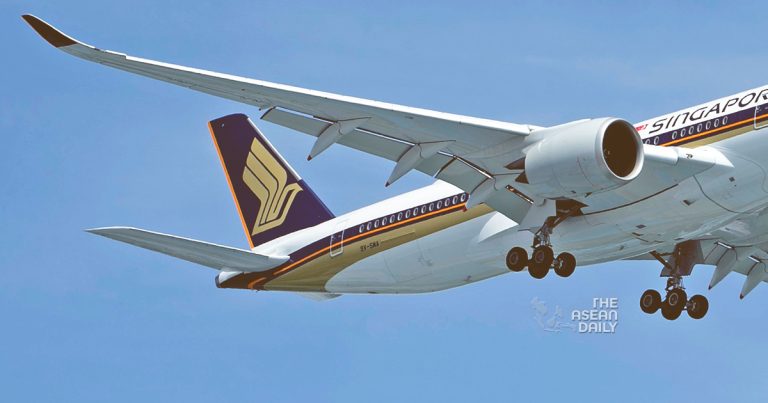8-11-2023 (SINGAPORE) Singapore Airlines (SIA) has announced a remarkable half-year net profit of S$1.44 billion for the period ending on September 30, 2023, marking a significant 55.4% increase from the S$927 million reported for the same six months in the previous year.
This boost in net profit equates to an additional S$514 million, demonstrating a robust financial performance for the airline. The company’s operating profit also reached a record high of S$1.55 billion, reflecting a substantial 26% rise, while revenue climbed by 9% to reach S$9.16 billion.
In response to this impressive performance, SIA declared an interim dividend of 10 cents per share, amounting to a total dividend payout of S$297 million.
One of the key factors contributing to this success was a substantial decrease in costs associated with fuel, which amounted to S$413 million for the six-month period.
The airline attributed its strong operating figures to the resurgence in demand for air travel. SIA stated, “The robust demand for air travel continued into the Northern Summer travel season, led by the rebound in passenger traffic to North Asia with the full reopening of China, Hong Kong SAR, Japan, and Taiwan.”
During the period from April to September 2023, Singapore’s national carrier, along with its low-cost subsidiary Scoot, collectively transported 17.4 million passengers, indicating a significant year-on-year growth of 52.3%.
Passenger traffic also surged, registering a 38% increase compared to the previous year, outpacing the capacity expansion, which stood at 29%. This rise in passenger traffic resulted in the group’s passenger load factor (PLF) climbing by approximately 5.8 percentage points, reaching a record half-year figure of 88.8%. The PLF is a crucial measure of the percentage of occupied seats across the entire fleet.
Despite these remarkable achievements, Singapore Airlines faces several challenges. The cargo load factor for the airline declined by 8.4 percentage points to 52.7% year-on-year due to a 6% decrease in cargo loads, despite an 8.9% growth in capacity. However, it’s worth noting that the cargo division continued to perform better than in the years immediately preceding the pandemic.
Looking ahead, the demand for air freight is expected to underperform in the third quarter of the 2023/24 financial year, primarily due to excessive inventories, geopolitical tensions, and macroeconomic challenges. Supply risks in the oil market also raise concerns due to a spike in prices, while the airline anticipates inflationary pressures on non-fuel costs as an ongoing challenge.




